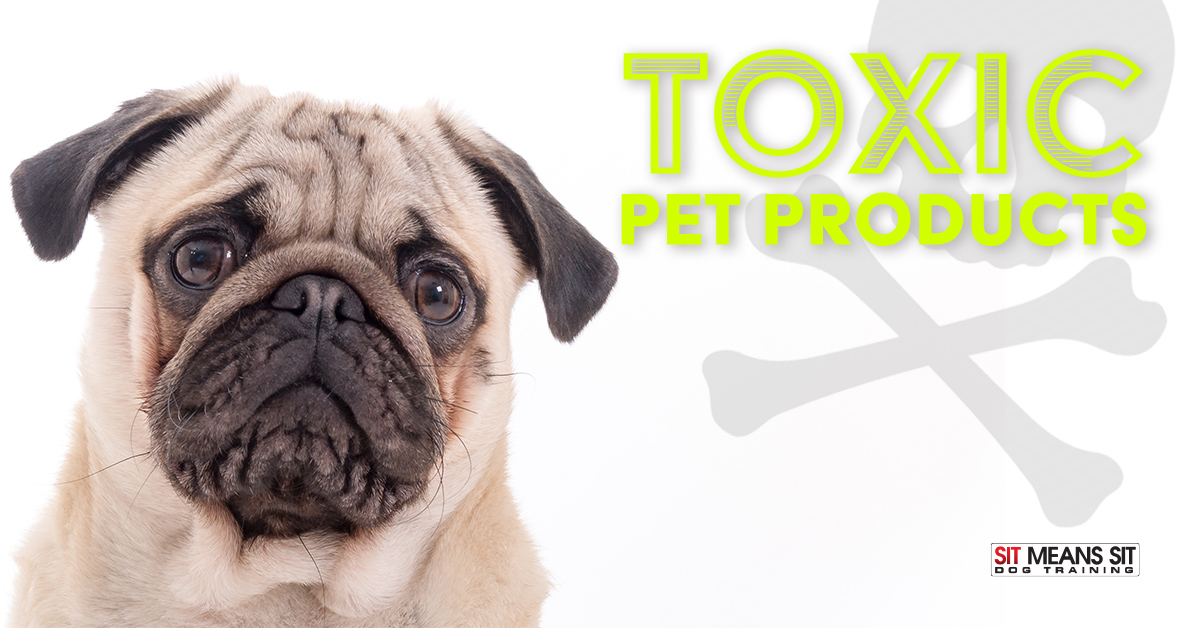
Toxic Pet Products
As pet parents, we love nothing more than spoiling our favorite furry friends with a new toy, treat, or trip. However, as we learn more and more about what materials are toxic to animals and which are safer than we once thought, it’s important to note which materials to avoid when you’re planning out how to spoil your canine companion. Read on to learn about which pet products could be toxic to your beloved doggo.
Phthalates
While we may never remember how to spell or pronounce “phthalates,” you should remember that phthalates are a group of toxic chemicals that are added to toys to make them flexible for chewing. When your dog chews on toys, phthalates seep out and can be absorbed into your dog’s gum and skin. This can lead to liver and kidney damage, so you should avoid toys with these chemicals at all costs.
Lead
Lead is a commonly known toxin that is now banned from paint due to its toxicity. However, golf balls, imported tennis balls, imported dog toys, and ceramic food or water bowls may contain lead. Puppies and kittens are especially susceptible to lead poisoning, so you should be especially careful with keeping lead away from them. Signs of lead poisoning include vomiting, diarrhea, constipation, lack of appetite, jaw champing, salivation, seizures, and muscle spasms.
Polyvinyl Chloride
Polyvinyl Chloride, or PVC, is commonly known as vinyl. Sometimes used for dog toys, this hard material ensures that toys stay sturdy despite your dog’s gnawing and pawing. However, PVC contains chlorine, which can be released over time. Chlorine can cause cancer and immune system damage and can be associated with reproductive and developmental problems. Keep your pup away from PVC if possible.
Chromium
Chromium is an essential dietary mineral whose absence can cause insulin resistance and diabetes-like symptoms. However, high levels of chromium can be toxic and can lead to cancer, respiratory issues, immune system issues, and liver and kidney damage. Some dog and cat toys made in China and sold at Walmart showed elevated levels of chromium, so be careful where you buy your dog’s toys.
Bisphenol A (BPA)
It’s common knowledge that BPA is bad for us and our dogs, but BPA is everywhere. It’s commonly used to manufacture polycarbonate plastics and is in beverage bottles, cosmetic packaging, and even car receipts. It can also be found in the lining of canned dog food, so it can easily enter your dog’s digestive tract and impact their gut microbiome and endocrine system. Despite the widespread presence of this chemical, you should avoid it when possible.
Many of the above chemicals are present in dog toys, foods, and accessories. Keep an eye on what you’re giving your dog and make sure that they stay away from these chemicals whenever you can.
